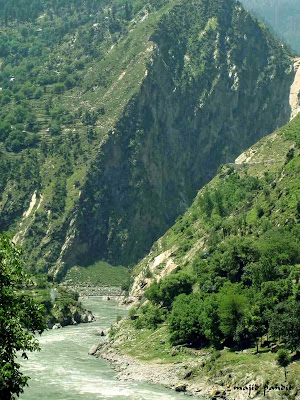Monday, December 30, 2013
Forgotten pitstop in the wilderness - Chingus Sarai
Saturday, December 7, 2013
The Old Man and His Kanger: A Silent Story by Dal Lake
On the tranquil banks of Dal Lake, an old man sits, his weathered face etched with stories of a lifetime. Nearby, a Kanger—a traditional Kashmiri pot filled with glowing embers—sits close to him, its warmth radiating in the crisp evening air. The Kanger, a constant companion in the cold winters, is more than just a source of heat; it’s a symbol of resilience, tradition, and the quiet strength of the Kashmiri people.
As the sun sets, casting a golden hue over the shimmering waters, the old man’s eyes seem to reflect the lake’s depths—silent, yet full of memories. The soft glow from the Kanger illuminates his face, casting shadows that dance like the ripples on the lake.
In this serene moment, the world seems to pause. The old man, his Kanger, and the vast expanse of Dal Lake form a timeless connection, each element in perfect harmony. The embers in the Kanger flicker, just as his memories do, ever-present and enduring.
He doesn’t speak, but his presence tells a story—a story of a life lived in the embrace of nature, where the Kanger was both a source of warmth and a companion in solitude. As the evening settles, the old man remains, a quiet figure by the lake, forever intertwined with the land, the water, and the embers that keep him warm.
Thursday, October 3, 2013
Imagine, Line of Control
Saturday, September 28, 2013
The dark age
Sunday, September 1, 2013
Chingus Sarai


Thursday, July 18, 2013
Iftar at Jama Masjid
Sunday, June 9, 2013
The pinhole of life
Tuesday, May 28, 2013
Glow midst the woods
Tuesday, April 16, 2013
Rains leave a pattern
 |
| Above. A man pulling his cart midst a mild shower. |













.jpg)


